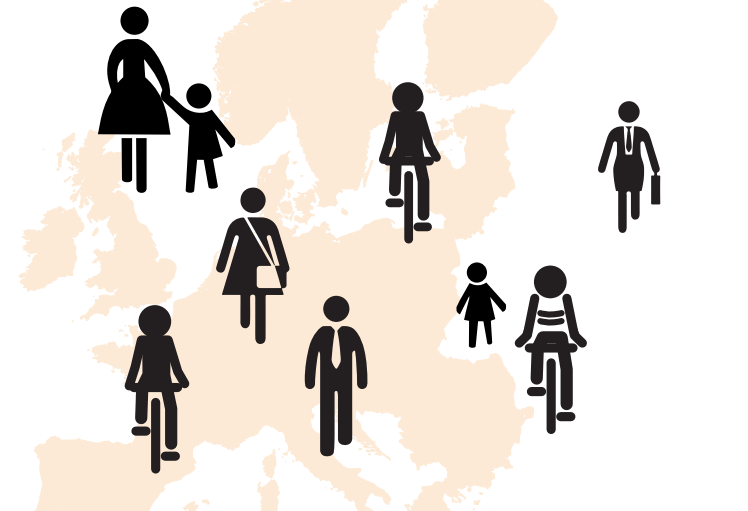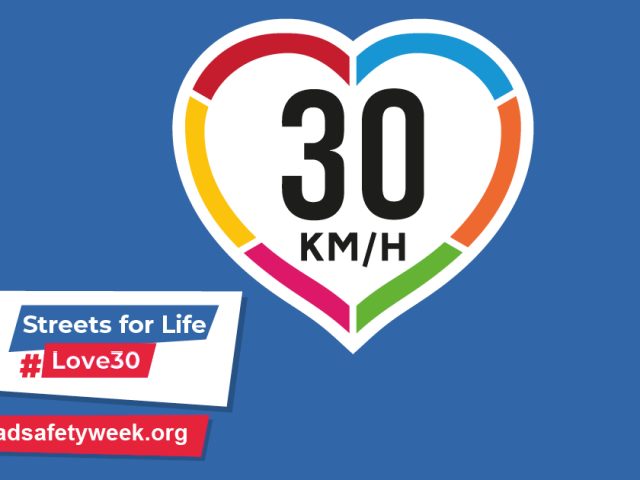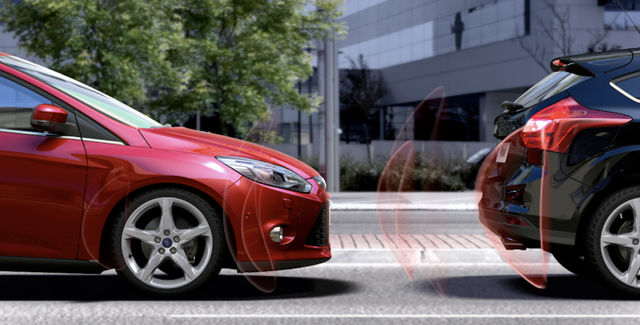
Making Walking and Cycling on Europe’s Roads Safer (PIN Flash 29)
Around 138,400 pedestrians and cyclists lost their lives on EU roads between 2001 and 2013. 7,600 were killed in 2013 alone.
Deaths among pedestrians and cyclists, who are the most vulnerable road users and whose use of the roads is being encouraged for reasons of health and sustainability, account for 29% of all road deaths across the EU. Pedestrians killed represent 21% and cyclists 8% of all road deaths. But big disparities exist between countries. Moreover, there is a high level of underreporting of collisions involving pedestrians and cyclists.
Deaths of unprotected road users have been decreasing at a slower rate than those of vehicle occupants. In the last ten years deaths among pedestrians decreased by 41%, those among cyclists by 37% and those among power two wheeler (PTW) users by 34% compared to a 53% decrease for vehicle occupants.
Since 2010 the reduction in the number of pedestrian and cyclist deaths has slowed down markedly. The safety of unprotected road users should therefore receive special attention from policymakers at the national and European levels. As active travel is being encouraged, the safety of walking and cycling in particular must be addressed urgently.
Latvia, Lithuania and Slovakia top the rankings for the annual reductions of both pedestrian and cyclist deaths between 2003 and 2013. Pedestrians in The Netherlands, Norway and Sweden experience a lower level of risk than pedestrians in the rest of Europe (Fig. 4). The lowest cyclist mortality is in Spain, Greece and Ireland.
Later this year the European Commission is going to revise the Pedestrian Protection Regulation and the General Safety Regulation which set technical requirements applied to all new motor vehicles sold in the EU market. These laws provide an opportunity to increase pedestrian and cyclist safety by setting new standards for vehicles’ frontal protection systems, introducing active in-vehicle safety technologies and adopting new standards for safer goods vehicle cabin designs. ETSC is calling for a range of safety technologies including overridable assisting Intelligent Speed Assistance (ISA) and Autonomous Emergency Breaking (AEB) to be fitted as standard on new vehicles, and for improved pedestrian protection requirements.
Download Download background tables (xls.)






